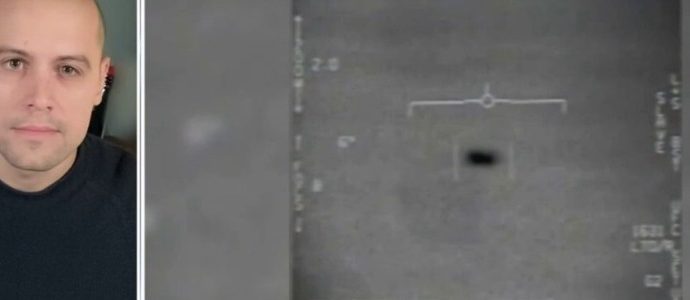The Smear Begins: Anonymous Officials Misappropriate Prior PTSD Diagnosis in Attempt To Discredit UAP Whistleblower
Anonymous individuals within the Department of Defense appear to have made an attempt to smear the credibility of UAP whistleblower David Grusch by tipping a reporter working for The Intercept off to a prior PTSD-related mental health issue that Grusch had received treatment for, an all too common issue that affects oneread more
